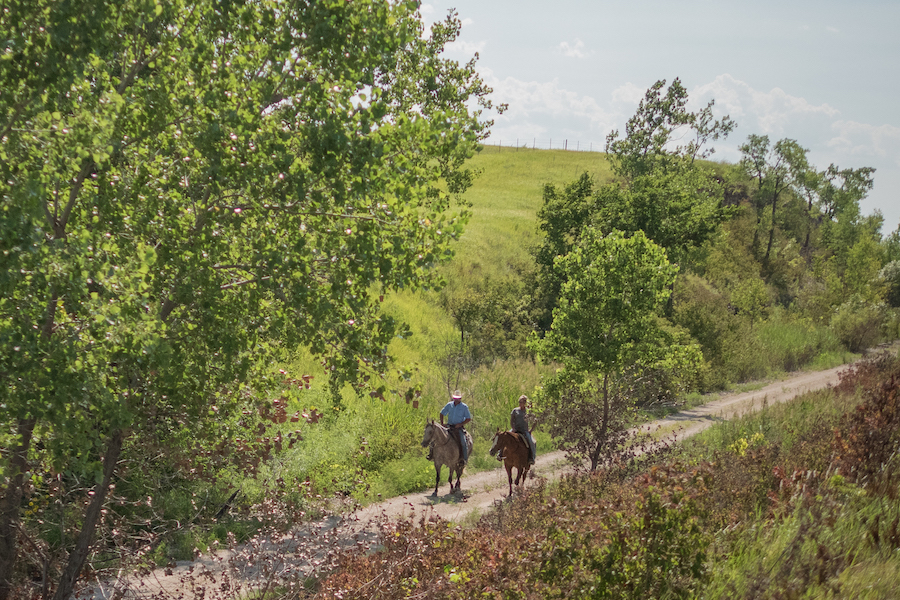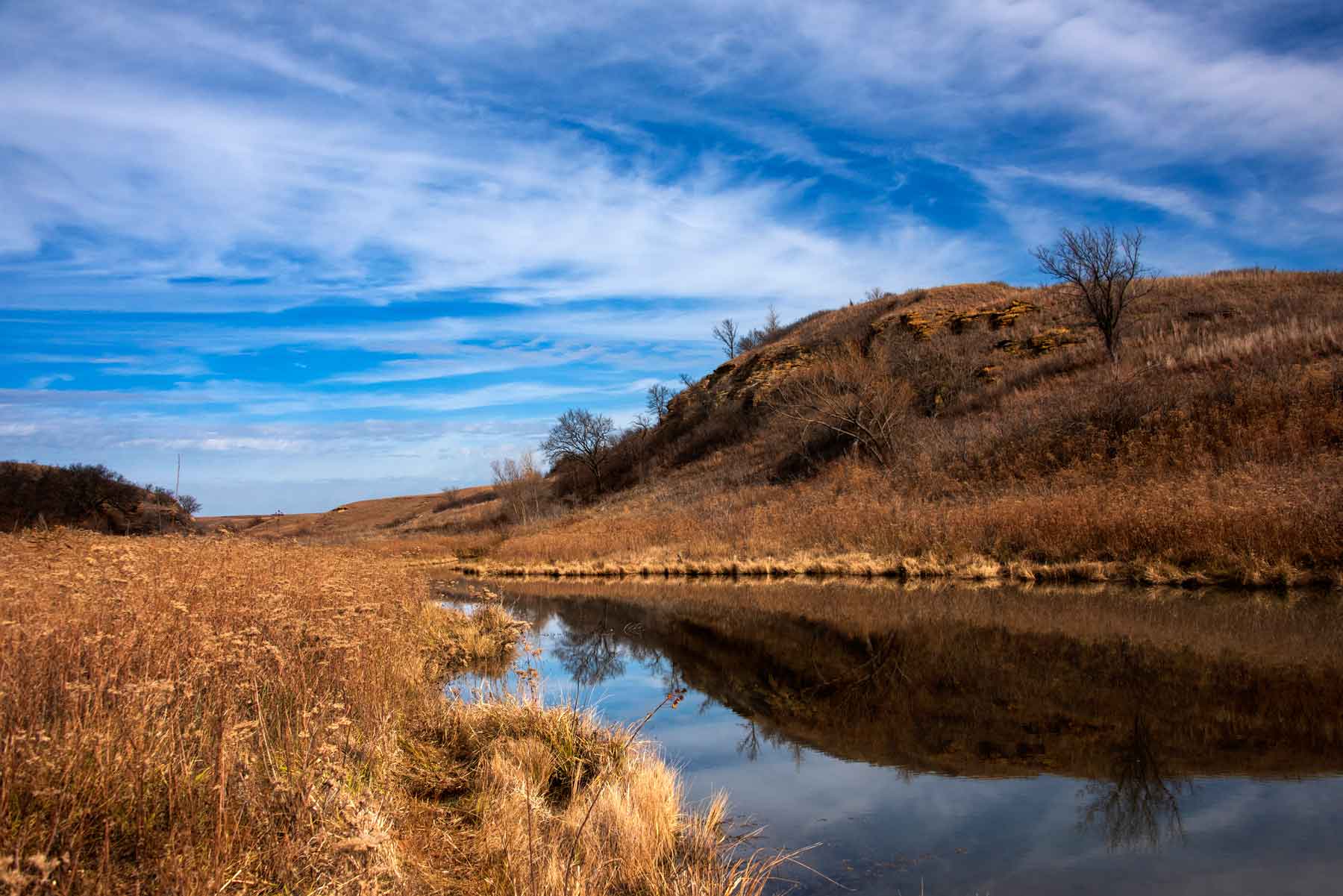
Echoes on the Prairie: Kansas Trails and the Enduring Legends of America
The heartland of America, Kansas, often conjures images of endless wheat fields under an expansive sky. Yet, beneath the rippling amber waves and the gentle hum of modern life, lies a landscape steeped in stories – a testament to the nation’s tumultuous, triumphant, and often tragic journey westward. Kansas, uniquely positioned as a gateway to the vast unknown, became the starting point and a crucial crossroads for some of the most iconic trails in American history. These weren’t merely paths; they were arteries of aspiration, conflict, and transformation, forging legends that continue to define the American spirit.
To walk (or drive) through Kansas today is to tread upon ground hallowed by the footsteps of countless pioneers, traders, cowboys, and Native Americans whose lives were irrevocably shaped by the westward expansion. The Santa Fe Trail, the Oregon and California Trails, and the Chisholm Trail all carved their indelible marks across the Kansas prairie, each weaving distinct threads into the tapestry of American legend.
The Santa Fe Trail: A Highway of Commerce and Intrigue

Long before the great migrations of settlers, the Santa Fe Trail blazed a path of commerce and international exchange. Opened in 1821 by William Becknell, it connected Franklin, Missouri, with Santa Fe, New Mexico, traversing nearly 900 miles, a significant portion of which snaked through what would become Kansas. This wasn’t a trail of families seeking new homes but of rugged traders, their "prairie schooners" laden with manufactured goods – textiles, tools, firearms – destined for the isolated Mexican territories, returning with silver, furs, and mules.
The legend of the Santa Fe Trail is one of daring entrepreneurship, survival against the elements, and the constant threat of banditry and, at times, conflict with Native American tribes who viewed the increasing traffic as an intrusion. Josiah Gregg, a prominent trader, chronicled his experiences in "Commerce of the Prairies," a vivid account that cemented the trail’s mystique. He described the arduous journey, the camaraderie of the caravans, and the thrill of the trade, painting a picture of a harsh but rewarding frontier life.
"The Prairies of the West," Gregg wrote, "present an aspect as different from the common conception as can well be imagined. Instead of an interminable plain, they are varied with hills and valleys, timbered streams, and fertile glades, affording scenes of the most picturesque beauty." This romanticized view, however, often glossed over the very real dangers. Drownings at river crossings, stampedes, disease, and the ever-present threat of attack made every mile a gamble. Yet, the lure of profit was powerful, creating a legend of the brave merchant-adventurer, a precursor to the cowboy and prospector, who pushed the boundaries of the known world for economic gain.
The Oregon and California Trails: The Great Human Migration
If the Santa Fe Trail was about goods, the Oregon and California Trails were about dreams. Beginning in the 1840s and peaking in the 1850s, these trails, often sharing the same initial routes through Kansas, witnessed one of the largest voluntary migrations in human history. Over 400,000 Americans, driven by the promise of fertile land in Oregon or the glittering lure of gold in California, packed their lives into Conestoga wagons and set off from jumping-off points like Independence, St. Joseph, and Westport (now Kansas City, Missouri) – all crucial hubs for outfitting in Kansas.
The legend of these trails is deeply etched into the American psyche: the courageous pioneer family, facing insurmountable odds with unwavering faith. It’s a tale of resilience, sacrifice, and the relentless pursuit of a better life. From Independence Rock in Wyoming to Chimney Rock in Nebraska, the trail was marked by natural monuments that became signposts of progress. But the true markers were the graves. Disease, particularly cholera and dysentery, claimed thousands of lives, especially children. Accidents – drownings, accidental shootings, wagon rollovers – were also common.
A poignant quote from a pioneer woman, often attributed to Lavinia Porter, encapsulates the hardship: "I have seen graves all along the road. One every few miles. Mostly women and children." The vastness of the prairie, the scorching sun, the torrential rains, and the treacherous river crossings tested every fiber of human endurance. Yet, they pressed on, fueled by the era’s pervasive belief in Manifest Destiny – the conviction that it was America’s divinely ordained right to expand westward.
Council Grove, Kansas, became a vital stop along these trails, a place where pioneers could stock up on supplies, make repairs, and prepare for the long, arduous journey across the treeless plains. It was also where treaties were often signed, or sometimes broken, with Native American tribes, highlighting another complex layer of the trails’ legend: the inevitable clash of cultures and the devastating impact of expansion on indigenous populations. The legend of the pioneer is intertwined with the legend of displacement, a duality that continues to challenge and inform our understanding of American history.

The Chisholm Trail: Cattle, Cowboys, and the Wild West
As the great migrations waned, another legend began to gallop across the Kansas plains: the cattle drive. Following the Civil War, Texas was awash with millions of longhorn cattle, valuable but with no market. The solution came in the form of the Chisholm Trail, named after Jesse Chisholm, a Cherokee trader. From 1867 to 1884, millions of cattle were driven north from Texas to Kansas railheads like Abilene, Ellsworth, Wichita, and the most legendary of them all, Dodge City.
The Chisholm Trail forged the enduring legend of the American cowboy. These were young, often ex-Confederate soldiers or freed slaves, who spent months in the saddle, battling stampedes, river crossings, rustlers, and extreme weather, all for meager pay. Their iconic attire – the Stetson hat, bandanna, chaps, and spurs – became symbols of rugged individualism and freedom.
Kansas cow towns exploded with activity and notoriety during this era. Abilene, under the watchful eye of its first marshal, Wild Bill Hickok, gained a reputation for its saloons, gambling halls, and occasional gunfights. Dodge City, "Queen of the Cow Towns," became even more legendary, attracting lawmen like Wyatt Earp and Doc Holliday, whose exploits further embellished the Wild West mythos. The cattle drives and the cow towns they created were a crucible of American legend, embodying lawlessness, opportunity, and the romanticized image of the frontier.
A fascinating fact: during its peak years, over 6 million cattle were driven up the Chisholm Trail, transforming the American diet and economy. The legendary status of the cowboy, though often romanticized, is rooted in the immense skill, bravery, and endurance required to move thousands of animals across hundreds of miles of unforgiving terrain.
Echoes of the Past: The Native American Perspective
No account of Kansas trails and their legends would be complete without acknowledging the perspective of the original inhabitants of the land. For tribes like the Kansa, Osage, Pawnee, Cheyenne, and Arapaho, the trails were not paths of opportunity but avenues of encroachment and ultimately, displacement. The legendary journeys of traders, settlers, and cowboys directly led to the decimation of the buffalo, their primary food source, and the seizure of their ancestral lands through broken treaties and forced removal.
The legends of these trails, from a Native American viewpoint, speak of loss, broken promises, and the profound resilience of cultures under immense pressure. The "progress" celebrated by westward expansion came at an immeasurable cost to indigenous peoples. The stories of their resistance, their spiritual connection to the land, and their enduring struggle for sovereignty are vital, if often overlooked, components of the overall American legend. Understanding this dual narrative – the triumph of the settler and the tragedy of the dispossessed – is crucial for a complete and honest appreciation of America’s past.
Preserving the Legacy: Kansas Today
Today, Kansas actively embraces its pivotal role in these national sagas. Historic markers dot the landscape, tracing the faint ruts of wagon wheels. Museums like the Boot Hill Museum in Dodge City and the Kansas Museum of History in Topeka bring the stories to life through artifacts, dioramas, and interactive exhibits. National Historic Trails, like the Santa Fe and Oregon National Historic Trails, are managed by the National Park Service, allowing visitors to walk in the footsteps of history.
These efforts ensure that the legends aren’t merely relegated to dusty history books but remain living, breathing narratives. They serve as a constant reminder of the incredible forces that shaped America: the relentless pursuit of opportunity, the incredible hardships endured, the conflicts that arose, and the profound changes wrought upon the land and its people.
The legends of the Kansas trails are more than just tales of the past; they are foundational myths that continue to inform our national identity. They speak of courage, resilience, innovation, and expansion, but also of sacrifice, injustice, and the complex moral ambiguities inherent in the forging of a nation. As the Kansas wind whispers across the prairie, it carries not just the rustle of wheat, but the enduring echoes of these legends – a powerful reminder that the past is never truly past, but lives on in the stories we tell ourselves about who we are.


